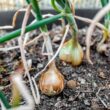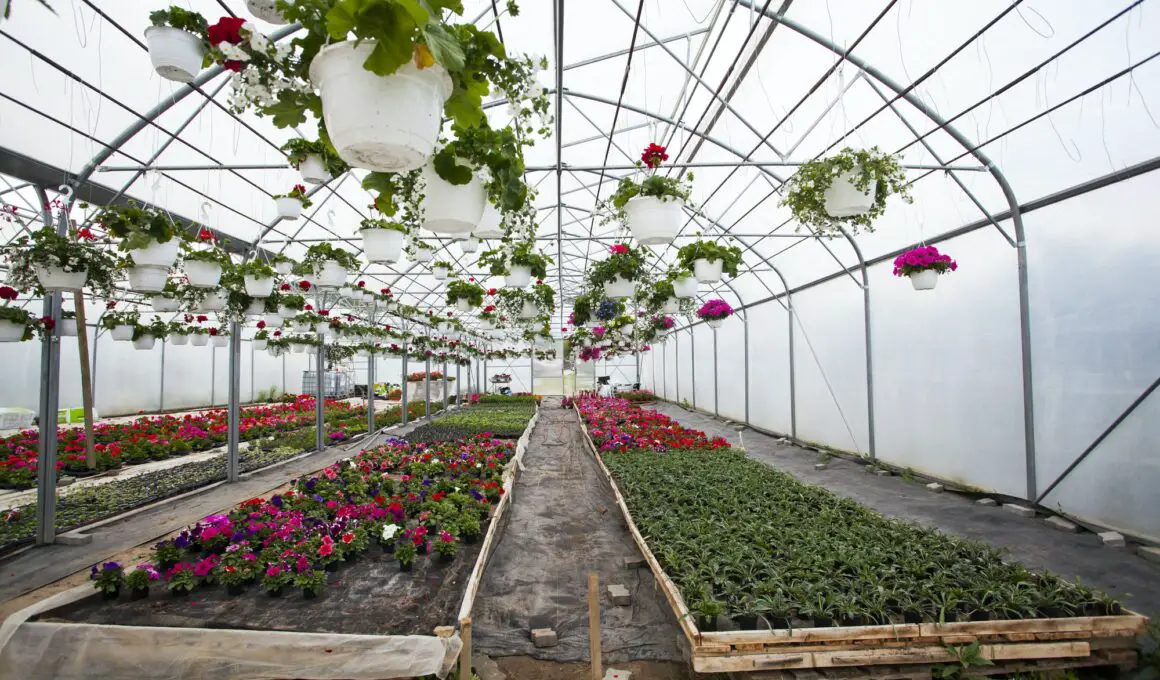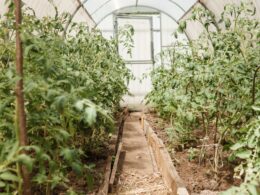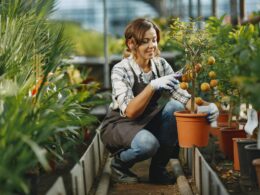In This Article Show
In the world of gardening and farming, the choice between a greenhouse and a hoop house can make a significant difference in your success. As someone who has spent over 13 years tending to plants and experimenting with various growing methods, I understand the importance of selecting the right structure for your needs.
This article will explore the nuances between greenhouses and hoop houses—two essential entities in the agricultural landscape. Whether you’re a seasoned gardener or just starting, understanding the differences between these structures can help you make informed decisions and optimize your growing environment.
Join me as we dissect greenhouses and hoop houses’ features, benefits, and drawbacks. By the end of this article, you’ll be equipped with the knowledge to choose the structure that best suits your gardening goals and climate conditions.
Critical Differences Between Greenhouses and Hoop Houses
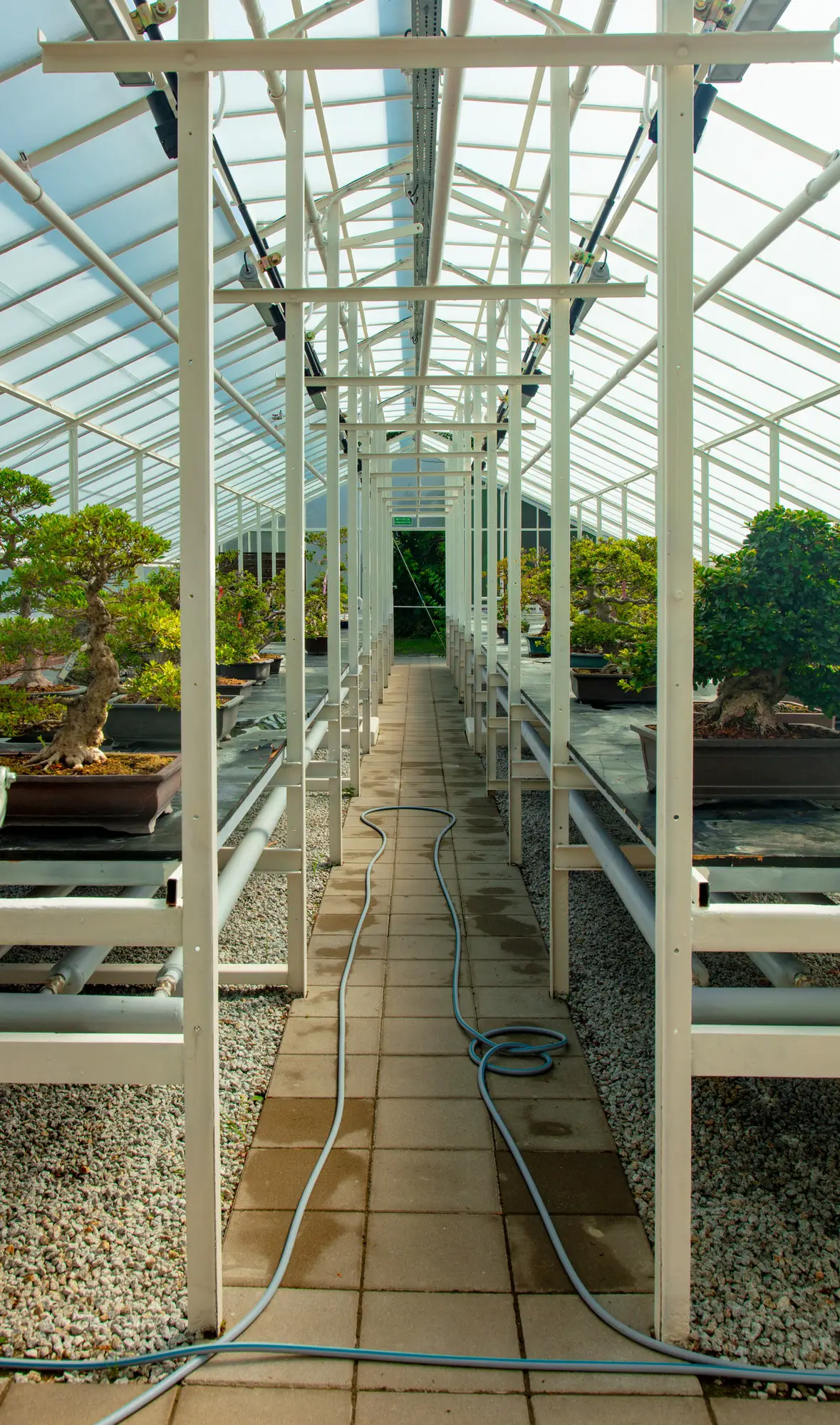
Structural Differences
Greenhouses
Typically have a more permanent structure with rigid frames made of materials like aluminum, steel, or wood. These frames support glazing materials such as glass or polycarbonate panels.
Hoop Houses
Get Gardening For Beginners
Our new EBOOK shows newcomers and green thumbs alike a step by step guide to growing the garden of their dreams.
Feature a simpler, more flexible design with arched or curved frames made of lightweight materials like PVC pipes or metal hoops. These frames are covered with plastic sheeting or greenhouse film.
Cost Variations
Greenhouses
Generally involve higher initial investment due to their sturdy construction and durable materials. Costs can vary widely depending on size, materials, and features like heating and ventilation systems.
Hoop Houses
These are more budget-friendly options with lower upfront costs. The materials used are inexpensive, and construction is typically simpler, reducing labor expenses.
Climate Control Capabilities
Greenhouses
Offer superior climate control, allowing for precise regulation of temperature, humidity, and ventilation. They are equipped with heating, cooling, and ventilation systems, providing optimal growing conditions year-round.
Get Gardening For Beginners
Our new EBOOK shows newcomers and green thumbs alike a step by step guide to growing the garden of their dreams.
Hoop Houses
Provide basic climate control by capturing solar heat and protecting plants from wind and pests. While they offer some temperature moderation, ventilation may be limited, leading to fluctuations in temperature and humidity.
Durability and Maintenance Requirements
Greenhouses
Tend to be more durable and long-lasting due to their solid construction and high-quality materials. They require minimal maintenance but may need periodic cleaning and repair of glazing materials.
Hoop Houses
Have a shorter lifespan and may require more frequent maintenance. The plastic covering needs replacement every few years due to wear and tear from UV exposure and weather conditions.
Understanding these key differences can help you make an informed decision when choosing between a greenhouse and a hoop house for your gardening or farming needs. Consider factors such as your budget, climate, and specific goals to determine which structure aligns best with your requirements.
Comparing Performance: Pros and Cons
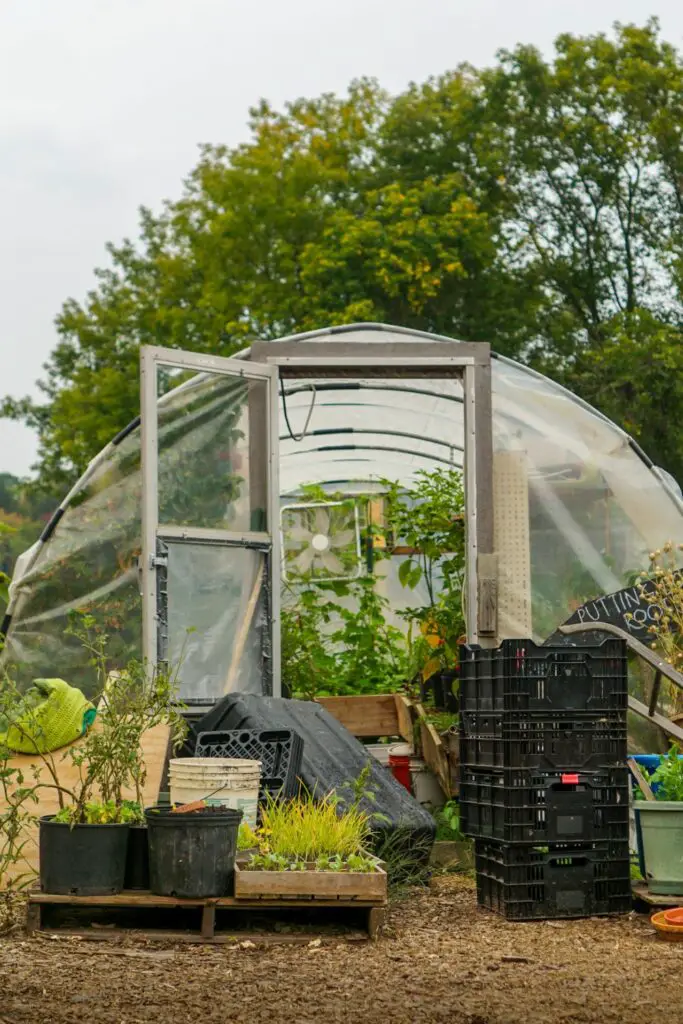
Crop Yield and Quality
Greenhouses
- Pros: Provide optimal growing conditions, resulting in higher yields and superior crop quality. Protection from adverse weather conditions, pests, and diseases leads to healthier plants and better harvests.
- Cons: Higher initial investment may impact overall cost-effectiveness. Requires careful monitoring and management of environmental conditions to prevent issues like overheating or humidity imbalances.
Hoop Houses
- Pros: Extend the growing season and protect crops from frost, leading to increased yields. Cost-effective solution for seasonal cultivation and crop protection.
- Cons: Limited climate control may result in fluctuations in temperature and humidity, affecting crop performance. Vulnerable to extreme weather events and may not provide adequate protection against pests and diseases.
Energy Efficiency
Greenhouses
- Pros: Can be equipped with energy-efficient heating, cooling, and ventilation systems for precise climate control. Utilize solar energy for passive heating, reducing reliance on artificial heating sources.
- Cons: Initial setup costs for energy systems may be high. Requires ongoing energy input for heating and cooling, impacting operational expenses.
Hoop Houses
- Pros: Rely primarily on passive solar heating for temperature regulation, minimizing energy consumption. Require minimal artificial lighting and heating, reducing operational costs.
- Cons: Limited insulation and ventilation may result in temperature fluctuations, requiring manual intervention to maintain optimal conditions. Less energy-efficient in extreme climates.
Flexibility and Versatility
Greenhouses
- Pros: Offer a controlled environment suitable for a wide range of crops, including exotic or high-value varieties. Can be customized with various features like benches, irrigation systems, and automation technologies.
- Cons: Limited flexibility in terms of layout and design changes once constructed. May require additional permits or regulations depending on the region.
Hoop Houses
- Pros: Provide a flexible and scalable growing space for seasonal crops and temporary cultivation. Easy to relocate or expand as needed, making them ideal for experimental or temporary projects.
- Cons: Limited structural integrity and size constraints may limit long-term usage or expansion. May not be suitable for all types of crops or growing methods.
Factors to Consider When Choosing Between Greenhouses and Hoop Houses
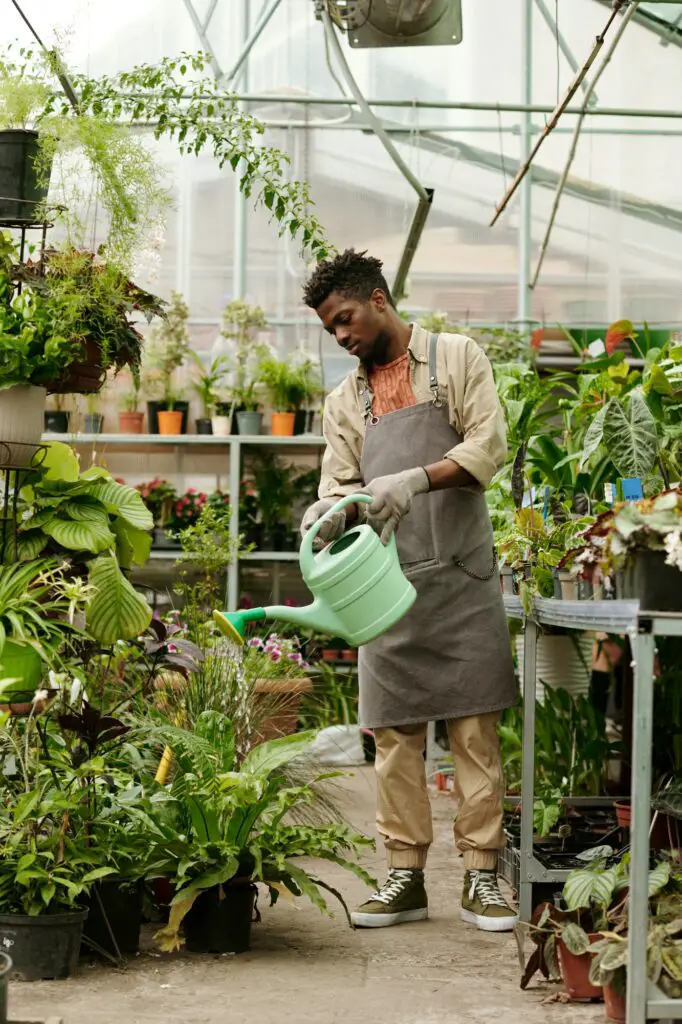
Budget and Financial Considerations
- Evaluate your budget constraints and determine the initial investment you’re willing to make.
- Consider the total cost of ownership, including construction, maintenance, and operational expenses.
- Compare the upfront costs and long-term benefits of both greenhouse and hoop house options to determine the most cost-effective solution for your needs.
Location and Climate Conditions
- Assess your geographical location and local climate patterns to understand the environmental challenges your crops may face.
- Consider factors such as temperature extremes, precipitation levels, wind exposure, and sunlight availability.
- Choose a structure that can provide adequate protection and climate control to optimize growing conditions for your specific location and climate conditions.
Crop Selection and Production Goals
- Identify the types of crops you intend to grow and their specific requirements for temperature, humidity, and light.
- Consider the desired production volume and seasonality of your crops to determine the appropriate structure for your production goals.
- Evaluate the suitability of each structure for different crops and growing methods, including hydroponics, aquaponics, and traditional soil-based cultivation.
Long-term Plans and Scalability
- Determine your long-term goals for your gardening or farming operation, including expansion, diversification, or specialization.
- Assess the scalability of each structure and its ability to accommodate future growth and changes in production needs.
- Consider factors such as structural integrity, flexibility, and ease of modification when planning for long-term sustainability and scalability
Personal Preferences and Management Style
- Take into account your personal preferences, gardening philosophy, and management style when choosing between greenhouse and hoop house options.
- Consider factors such as aesthetics, ease of use, and maintenance requirements that align with your preferences and lifestyle.
- Evaluate your willingness and ability to invest time and effort into managing and maintaining the chosen structure to ensure its optimal performance and longevity.
By carefully considering these factors, you can make a well-informed decision that meets your specific needs and maximizes the success of your gardening or farming endeavors. Whether you opt for a greenhouse or hoop house, choosing the right structure can significantly impact your productivity, efficiency, and overall satisfaction as a grower.




